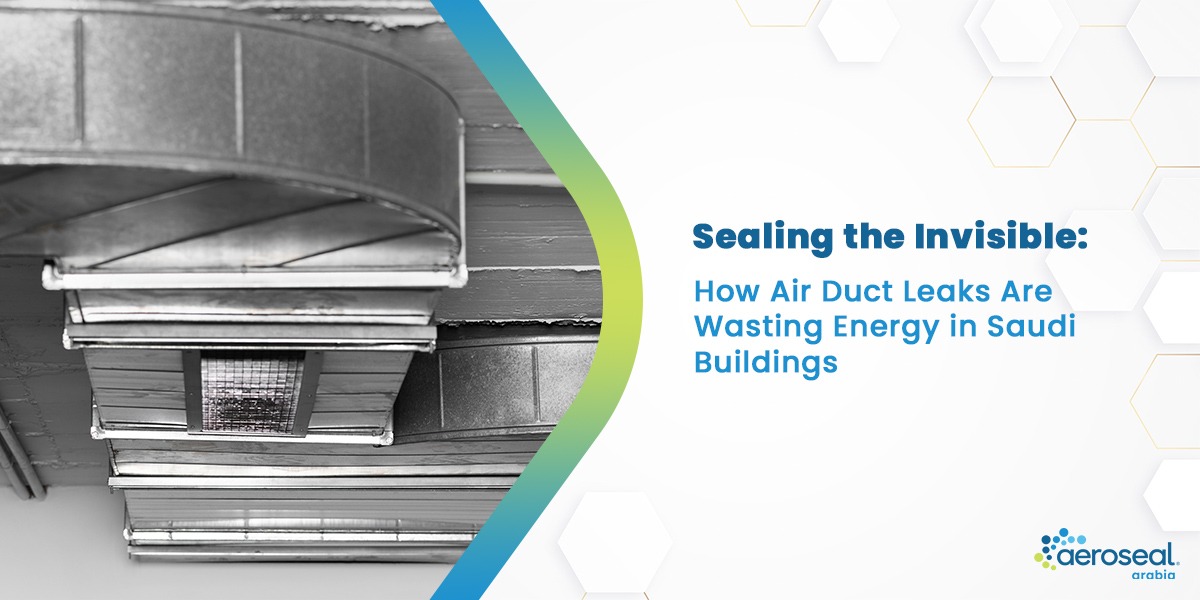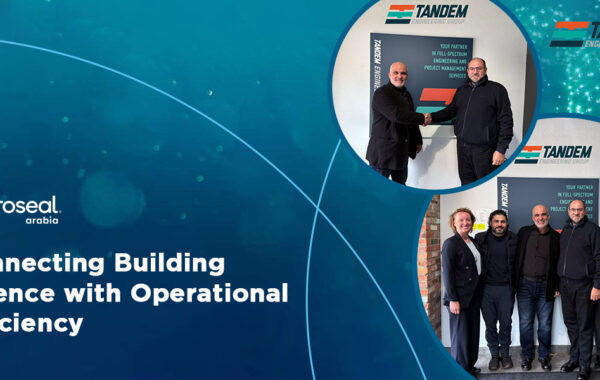
Sealing the Invisible: How Air Duct Leaks Are Wasting Energy in Saudi Buildings
Why Air Duct Leaks Are a Hidden Energy Problem
In Saudi Arabia, air conditioning systems work harder than almost anywhere else in the world due to extreme heat. While building owners often focus on upgrading HVAC equipment, one of the biggest sources of energy waste remains hidden air duct leaks. These leaks allow conditioned air to escape into unoccupied spaces before it reaches the intended rooms. The result is higher electricity bills, reduced cooling performance, and increased strain on the HVAC system. Over time, these issues lead to higher maintenance costs and a shorter lifespan for the equipment.
How Air Duct Leaks Happen
Most air duct leaks occur in areas that are out of sight, such as behind walls, above ceilings, or in service corridors. Gaps, loose connections, and cracks in the ductwork allow cool air to leak into places where it is not needed. In a climate like Saudi Arabia’s, even small leaks can waste a significant amount of energy. The HVAC system must run longer to compensate, increasing wear and tear and driving up operational costs.
The Impact on Energy Efficiency
Air duct leakage is one of the main reasons why many buildings fail to achieve optimal energy performance. Research shows that leaky ducts can waste up to 30 percent of conditioned air. This inefficiency directly affects the building’s carbon footprint, as more energy is consumed to achieve the same level of comfort. For commercial buildings, this waste can translate into substantial financial losses every year.
Professional Duct Sealing Solutions in Saudi Arabia
Advanced solutions such as those offered by Aeroseal Arabia provide a reliable way to locate and seal duct leaks without major disruption. Using specialized technology, the sealing process works from inside the ducts, targeting every leak and ensuring a consistent, airtight system. This approach reduces energy waste, improves indoor comfort, and can lower cooling costs almost immediately after installation.
Supporting Saudi Arabia’s Sustainability Goals
With the Kingdom’s growing focus on energy efficiency and green building standards, duct sealing is becoming a necessary part of building maintenance. Properties that undergo professional sealing can improve their compliance with sustainability requirements and qualify for certifications such as LEED. In addition, sealed ducts contribute to better indoor air quality by preventing dust, pollutants, and allergens from entering the system.
Indoor Air Quality Benefits
Duct sealing not only conserves energy but also creates a healthier indoor environment. By preventing contaminants from entering the air supply, building occupants benefit from cleaner air and fewer health issues. This is especially important in sensitive environments such as hospitals, schools, and offices, where air quality directly impacts well-being and productivity.
Frequently Asked Questions
- How do I know if my air ducts are leaking
Common signs include uneven cooling, higher-than-usual energy bills, visible dust near vents, and weak airflow in certain rooms. A professional inspection can confirm the presence of leaks. - How much energy can duct sealing save
Sealing air ducts can reduce energy loss by up to 30 percent, which means lower electricity costs and less strain on the HVAC system. - Is duct sealing messy or disruptive
With modern solutions such as Aeroseal, the process is non-invasive and does not require tearing down walls or ceilings. It is clean, quick, and highly effective. - Can duct sealing improve indoor air quality
Yes. By sealing leaks, you prevent dust, allergens, and pollutants from entering the air system, resulting in cleaner and healthier indoor air. - Is duct sealing worth the investment in Saudi Arabia
Absolutely. With the extreme climate and high cooling demand, sealing ducts can quickly pay for itself through energy savings, improved comfort, and extended HVAC lifespan.



